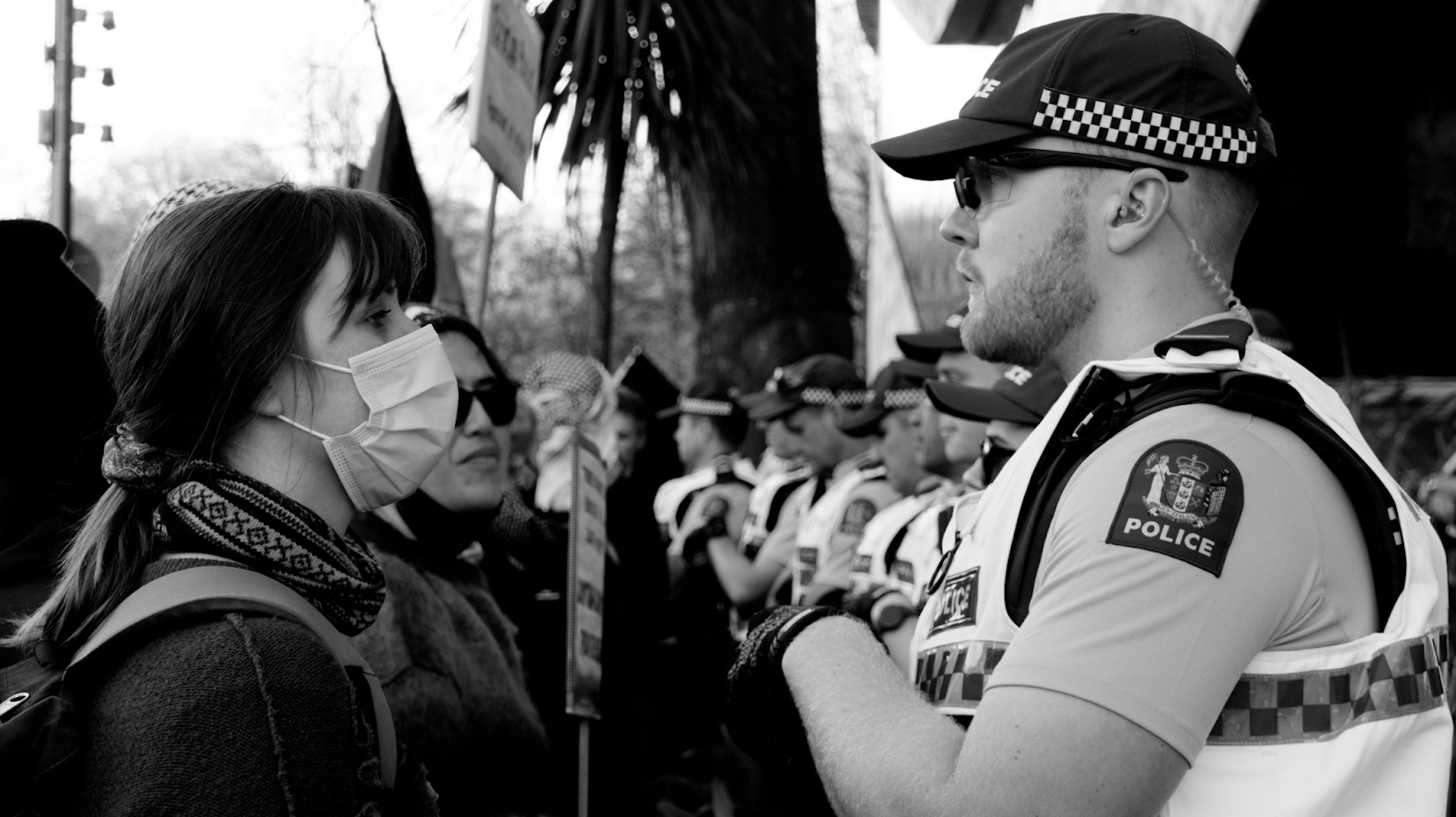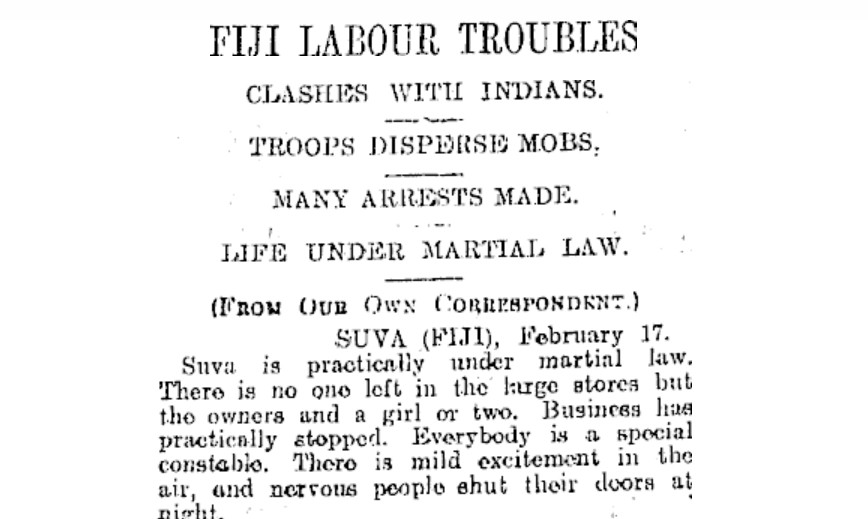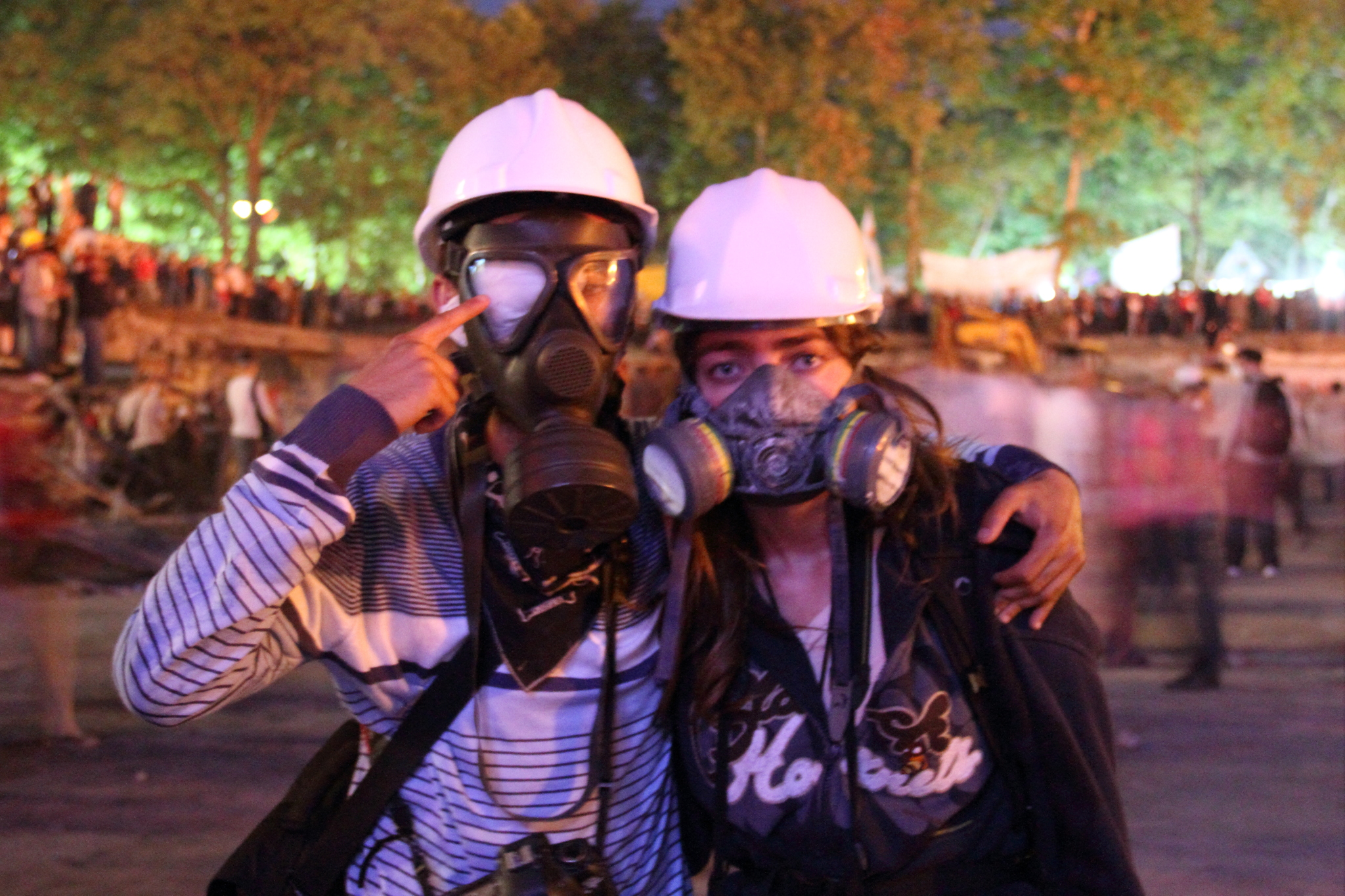This year New Zealand and Australia commemorated the 100th anniversary of the Gallipoli campaign. One hundred years ago thousands of Allied troops invaded what was then the Ottoman Empire on April 25th 1915. The ensuing eight month battle was a grim and bloody affair fought within a tiny section of the Mediterranean coastline. Casualties were heavy on both sides, with the number of Turkish and Arab deaths being by far the highest. It was the first major battle the newly christened ‘Anzac’ soldiers had been involved in, and the large number of deaths had a profound impact upon the people of New Zealand and Australia. The following years of battle took an even heavier toll, but this first shock assumed a sort of mythic status, and now the date of April 25th is the focus of WW1 commemoration in New Zealand and Australia.
One hundred years is a long time. The so called ‘Great War’ was sold to people as the “war to end war”. This propaganda was exposed as a lie by the following history of imperialist warfare over the course of the twentieth century. With disillusionment in the hollow and self serving justifications of the elites for imperialist war, Anzac day became the site of a contested politics. During the Vietnam War protestors laid wreaths for victims of the Mai Lai massacre. Numbers of people attending the ceremony decreased markedly, as the rhetoric of “sacrifice” became more and more exposed as a sham.
This politics of contestation went downhill towards the end of the century. The neo – liberal reforms of the 1980s coincide with the ascendancy of Anzac day. It isn’t too difficult to draw some parallels: just as leftist politics was effectively marginalised from the halls of power in the beehive by the orthodoxies of free market economic theory, Anzac day became a sentimentalised and de-politicised ritual of ‘remembrance’. In spite of the fact that New Zealand and Australia are both still committed to imperialist wars which have nothing to do with the interests of the majority of the people. In spite of the fact that the actual Gallipoli campaign was a part of a broader imperialist assault on the Middle East region, with the fallout from WW1 still playing out in countries like Iraq, Syria and what used to be called Palestine. In spite of the fact that military spending has now actually surged above cold war levels worldwide. In spite of the fact that there are serious grounds for considering the world situation today as parallel to those in the years just prior to 1914. None of these overwhelming and serious considerations of connections between WW1 and our present situation or the likelihood of future war seem to affect Anzac day itself. The 1914 – 1918 war is preserved inside a nostalgic bubble, with heroic young men bravely sacrificing themselves for a higher cause. It doesn’t seem to matter very much that this ’cause’ was a cynical sham. It doesn’t seem to register that the ‘national pride’ we are encouraged to participate in is a story of identity told to us by the state.
What fascinates me about the Anzac day phenomenon is the fact that this so called “remembrance” could actually have a very radical potential. If we remembered the militant stance of people like Te Puea Herangi, Archibald Baxter, the Irish nationalists and many others who saw the First World War for what it actually was. If we remembered the worldwide process of radicalisation which followed in the wake of WW1 which led to both massive ruptures such as the Russian revolution, and more modest but still significant developments such as the rise to power of the Labour party in New Zealand.
In spite of the intrinsic merits of all of these alternative historical narratives, the modern version of “remembrance” very successfully marginalises all of them. It does so mostly without trying very hard at all. There are many aspects to this, but three stand out: “remembrance” is very strictly curtailed to the dead soldiers. The focus is on soldiers in the trenches, and especially ‘our’ soldiers. Secondly the actual history tends to be packaged in a personalised and sentimental fashion: check out for example the numerous Herald articles with pictures of families holding up pictures of their ancestors in uniform, with poignant and tragic stories told in a sepia laden tone. Thirdly, and I think most powerfully, any sort of ‘alternative narrative’ which points out shortcomings or criticism of the idea of ‘sacrifice’ – any suggestion that in actual fact the deaths of all those thousands of young men were a complete waste (or even had overall negative effects on the world) – this is always avoided because it is too upsetting. So there is a kind of post traumatic stress disorder which has somehow lasted for 100 years, with the effect of moral blackmail: to question the Anzac legacy is disrespectful of the dead.
Compounding all of these difficulties here is the fact that discussions about topics such as imperialism are simply glossed over with a very soft apologetic narrative which avoids engagement with the important issues. Tom Brooking, a prominent historian, describes the origins of the war as “murky” and likens it to a “maelstrom” which hit New Zealand just like a day of bad weather. Minister of Culture and Heritage Maggie Barry insists that Anzac day is “definitely not about glorifying war, my dad used to say if you’ve ever fought in a war you love peace, and that’s what we fought for.” Peter Jackson describes his multi-million dollar museum exhibitions in exactly the same terms: “It’s not an anti-war museum, it’s certainly not a glorifying war museum. It is just showing the reality.”
Peter Jackson’s version of “reality” perfectly matches that of the dominant Anzac ideology our government is so willing to lavishly fund. The spotlight is on the trenches: colourised photographs, miniatures and the super-sized Anzacs of the ‘Scale of our War’ exhibit. Guns and bombs, tanks and battleships, soldiers and barbed wire: history is very carefully edited into a spectacle of violent heroism.
This approach towards Gallipoli, with its emphasis upon ‘realism’ and a forensic attention to the smallest details, is mirrored in the writings of mainstream New Zealand historians. The focus is very squarely upon the battles and the soldiers, with an incredible amount of research going into each and every particular. The topography is studied carefully, and soldier’s diaries are examined for clues and important information about the whereabouts of certain battalions. Every battle is studied, with reference to both official military sources, letters, photographs and soldier’s diaries. Individuals are singled out, especially those who died, and are listed according to their home town and battalion.
This is why critical perspectives on Anzac day find it so hard to gain any purchase: we have a very prominent apologetic narrative, which recognises the hideous cost of war, but which simultaneously glosses over any sort of critical approach. This same narrative always insists upon putting the focus on ‘remembrance’, which translates into the narrow lens on soldiers and trenches. The outcome of this ideological process is the replacement of history by spectacle: the young New Zealand soldier in his trench in Gallipoli, anguished, brave, in excruciating pain, or a tragic fever of warlike aggression. This fantastic image of the past, stripped of any aspect not captured by the microscopic focus of bourgeois military history – who else could capture that image but our very own master of illusion, Peter Jackson?
Historical antidotes to Peter Jackson’s Anzac spectacle are not too hard to find if you know where to look. You don’t even have to leave the trenches. Robin Hyde’s description of Gallipoli veteran Douglas Stark’s experience cuts through Jackson’s mystification in a few sentences:
But the dead who waited in No Man’s Land didn’t look like dead, as the men who came to them now had thought of death. From a distance of a few yards, the bodies, lying in queer huddled attitudes, appeared to have something monstrously amiss with them. Then the burying-party, white faced, realised that twenty four hours of the Gallipoli sun had caused each boy to swell enormously – until the great threatening carcases were three times the size of a man, and their skins had the bursting blackness of grapes. It was impossible to recognise features or expression in that hideously puffed and contorted blackness.
This is something Peter Jackson’s “realistic” portrayal will never come close to: the queer and disorientating shock of death as it must have been experienced by those soldiers who saw it, the sense of something ‘monstrously amiss’, the absolute nihilism of war.









